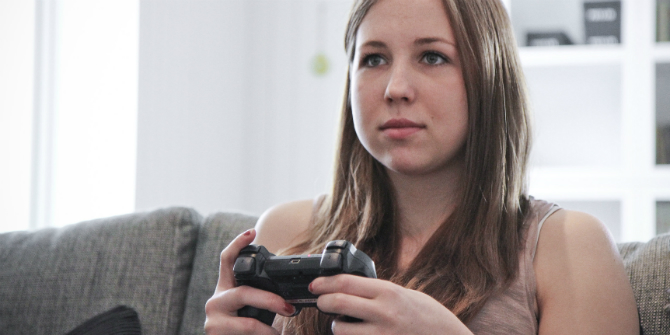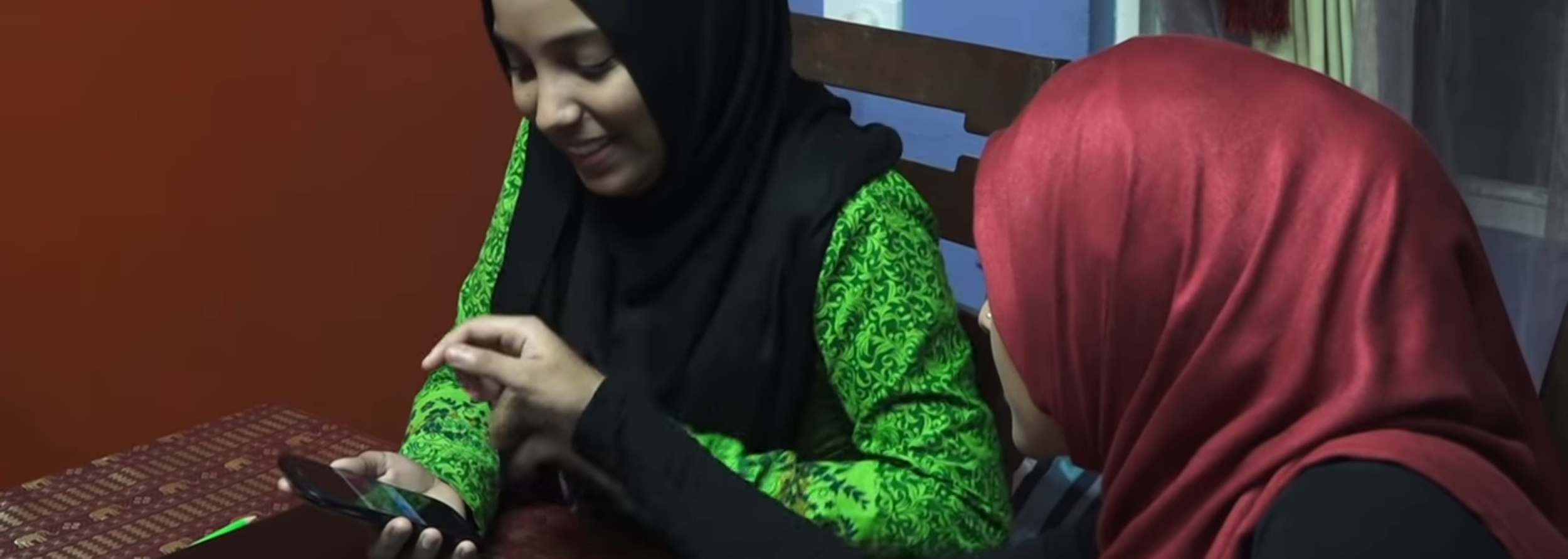 The Impact of Social Media project aims to provide highly interactive student-centred classroom activities for use both within and beyond the classroom. The open-access materials were designed to support the curricula in the UK and Hong Kong, but have since been taken up by teachers and students internationally. Laura Pountney is a teacher in sociology, a senior examiner for anthropology and the author of several textbooks. Laura also designs and delivers teacher training courses and writes for Sociology Review. Tom McDonald is an assistant professor at the Department of Sociology at The University of Hong Kong.
The Impact of Social Media project aims to provide highly interactive student-centred classroom activities for use both within and beyond the classroom. The open-access materials were designed to support the curricula in the UK and Hong Kong, but have since been taken up by teachers and students internationally. Laura Pountney is a teacher in sociology, a senior examiner for anthropology and the author of several textbooks. Laura also designs and delivers teacher training courses and writes for Sociology Review. Tom McDonald is an assistant professor at the Department of Sociology at The University of Hong Kong.
Following the success of the UCL Why We Post project in 2016 – a global anthropological study of the uses and consequences of social media led by Professor Danny Miller and nine anthropologists – a new educational project The Impact of Social Media is underway. This involves the development of free, easily accessible, highly interactive student-centred classroom activities which are designed to support both the A level curriculum and the equivalent HKDSE Liberal Studies curriculum in Hong Kong. It is being carried out by a member of the original Why We Post team, Dr Tom McDonald, along with teachers in both Hong Kong and the UK. Funded by the University of Hong Kong, it is also supported by the OCR exam board and the RAI.
Main goals
One of the most challenging tasks of the project has been developing materials that fulfil the very different requirements of these two curricula and cultural contexts, and yet also create opportunities for students and teachers to exchange their knowledge with their counterparts in other locales. Currently, there are very few existing resources on the topic of social media which are specific to the pre-university level, partly because it is such a new area on the curriculum. While there are a range of ways of delivering the curricula for both the A level and the HDKSE, there relatively few opportunities for students to interact directly with current sociological academic research.
This project offers students the opportunity to explore the research, and do this in a student-centred way. One of the key aims is to help engage students in widening discussions with peers, parents and teachers about the ways in which the use of social media is an extension of local cultural practices. There are a range of resources connected to the original research which allow parents to engage with it in highly accessible ways, such as the massive open online course (MOOC) and the project website. Yet, the highly cross-cultural nature of the multi-sited Why We Post project lends itself to interesting, at times humorous, poignant and surprising findings, which are presented in ways which suit a variety of learning styles.
The Why We Post project results have also been designed with the aim of encouraging more diverse engagement, and the website presents the results in a range of media such as short YouTube videos, stories, discoveries (which are accessible key findings of the research), tables and graphs.
In the following video we can see how parental practices, such as allowing children to play when they return from school, rather than do their homework, led to the development of after-school homework clubs, which relieves parents and children of the pressure of having to avoid distractions from homework at home. This highlights the influence parents have on children’s learning practices, both at home and at school.
The downside of social media? An after school club for children in China set up for children to complete homework without the distractions of social media.
But this project has also provided an opportunity to explore teaching practices in the UK context. The recent introduction of the impact of social media to the revised A level in sociology in England has led to a more positive engagement of pupils, teachers and parents in discussions about young people’s use of such platforms. The project seeks to continue to move away from the current dominant discourse surrounding social media, which is largely focused on child safety. As other earlier blog posts have pointed out, this has often resulted in adult-led pedagogical guidance and left little space for young people to explore the role that social media plays in their lives, or in the lives of others, either positively or negatively.
This project therefore demonstrates new, interesting and positive ways in which the impact of social media can be explored and should lead to more student-centred interpretations.
For example, students are presented with comparative visual evidence (graphs/videos) to interpret, such as cross-cultural data on the number of friends people have on social media. Students can offer suggestions for the different patterns and apply these to concepts and possibly theories. These will, we hope, contribute to careful reflections on the role of social media which are not, for example, simply learnt from a text book. The resources available to students can easily be shared and discussed with parents. Thus social media is being used to teach sociology and the resources are used to teach about social media itself. For a more detailed discussion on the inclusion of social media into A level curricula see the earlier blog.
Another goal of the research is to challenge the current gap between further education and university and inform young people about university-based research in a more fun and inclusive way. There is no uniform approach to preparing students for university life or informing them about the process of sociological research, and while some further education providers have excellent links with local universities, others do not. Also, as part of the project, members of the original Why We Post team visited schools to give talks and allow pupils to ask questions. Such outreach work, both in the UK and in Hong Kong, hopes to breakdown the perceived barrier between academic research and the realities of young people’s lives.
Early results and future directions
The initial response to the project has been encouraging, with a higher level of interest in the resources than we expected. We have received requests from teachers of the A level from as far away as Colombia, New Zealand and America. Initial feedback suggests that teachers and pupils are using the resources in a variety of ways, for example, allowing pupils to work through them independently as well as using them in the classroom over multiple lessons, as part of the teaching content. Another way in which teachers are using the resources is as a form of revision. There is a project website which has links for parents and teachers explaining the resources as well as links to a range of activities for students to complete independently.
Moving forward, we are beginning to think about the potential that such a project may have for the involvement of parents. In the original Why We Post project, a UK headteacher described how their adoption of blogs as a means to share students’ classroom work with parents transformed parents’ relationship with the school. This video from the project outlines the case study in more depth:
A primary school using social media: transforming the relationships between teachers, parents and school children?
As numerous earlier blogs have argued, it is widely accepted that the more parents/carers participate in their children’s educational experiences, the better their children perform at school. This research provides opportunities for parents to engage with their children’s learning resources and reflect upon the universal and diverse issues experienced by parents and children all over the world with regards to social media. For example, to discuss the possible benefits of social media tools to enhance learning in and beyond the classroom through class WhatsApp groups.
Our hope is that, as a growing number of schools participate in our project, students will increasingly share their findings with other schools through our project website. We are learning too about how our resources are being used, as they are designed so that there are a variety of ways to bring them into the classroom or private study time. Some further education providers are already using and adapting the materials in unanticipated, innovative ways, for example, as part of independent student work, or as a revision activity. Therefore we are eager to get specific feedback on how these developments are being received by parents, students and teachers alike so that we can design a wider range of resources over the coming year.





